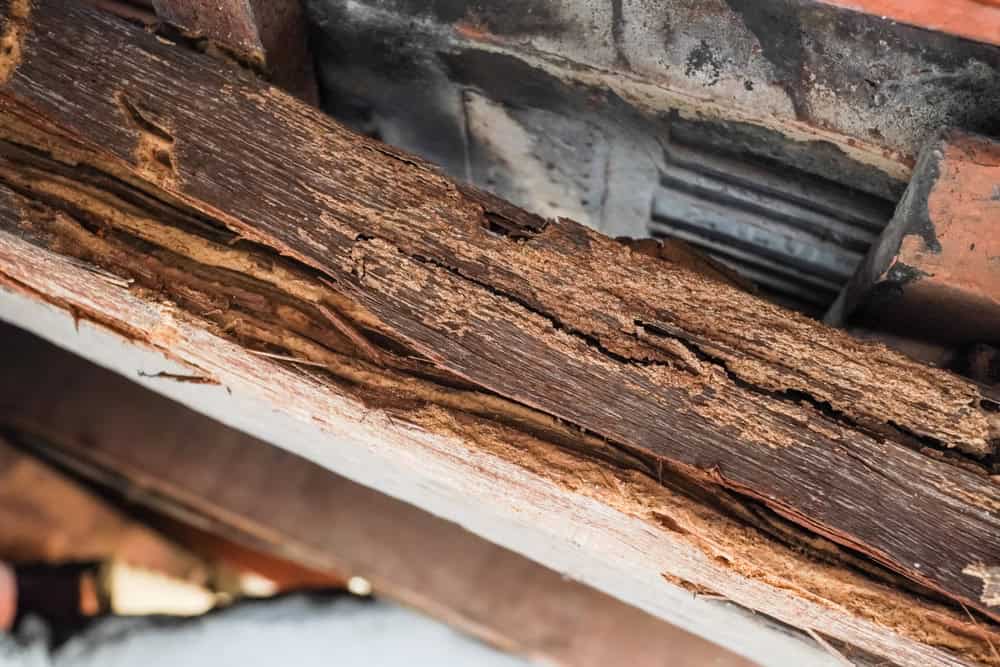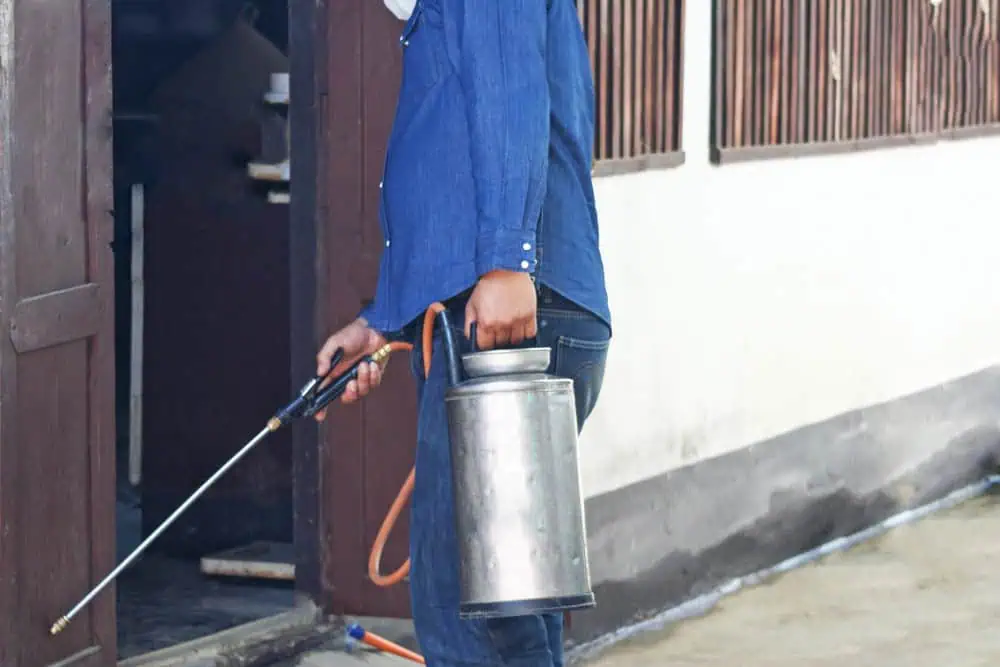Complete termite elimination and prevention that actually protects your Cedar Brook home investment.

Hear from Our Customers

You get your peace of mind back when termites are completely eliminated from your property. No more wondering if those small wood shavings mean big problems, no more worrying about structural damage eating away at your home’s value.
Our termite treatment doesn’t just kill what’s there now. It creates a protective barrier that keeps new colonies from establishing themselves around your Cedar Brook home. You’re not just solving today’s problem – you’re preventing next year’s headache.
The result is a home you can trust again. No more second-guessing every creak in the floorboards or small pile of debris you find in the basement.
86 Pest and Wildlife Removal has been handling termite problems in Cedar Brook and surrounding New Jersey communities for years. We understand how subterranean termites behave in this area’s soil conditions and climate.
Our team knows the difference between carpenter ant damage and termite activity – something many homeowners struggle to identify correctly. We’ve seen how termites move through Cedar Brook’s older neighborhoods and what attracts them to specific properties.
This isn’t a company that shows up with a one-size-fits-all approach. We assess your specific situation and recommend treatment based on what’s actually happening at your property.

First, a thorough inspection of your property identifies the extent of termite activity and the species involved. This means checking obvious areas like basements and crawl spaces, plus less obvious spots where termites commonly enter homes.
Next comes the actual treatment, which typically involves applying targeted termiticide around your home’s perimeter and any affected areas. The treatment creates a protective zone that eliminates existing termites and prevents new ones from establishing colonies.
Follow-up monitoring ensures the treatment worked completely. You’ll know exactly when your termite problem is resolved and what to watch for going forward. The entire process is designed to be thorough without turning your daily routine upside down.

Ready to get started?
Your termite treatment starts with a comprehensive inspection that covers all the areas termites typically target in Cedar Brook homes. This includes foundation areas, wooden structures in contact with soil, and moisture-prone spaces where termites thrive.
Treatment application is tailored to your specific termite species and infestation level. Subterranean termites require different approaches than drywood termites, and the treatment reflects these differences for maximum effectiveness.
You also receive clear documentation of what was found, what was treated, and what to expect during the elimination process. No guessing about whether the treatment is working or when you can consider the problem resolved.
